In the rugged landscapes of Iceland, where volcanic earth meets Arctic waters, lies one of the world’s most polarizing culinary traditions: hákarl, or fermented shark. This centuries-old dish, born from necessity in an era before refrigeration, has become a symbol of Icelandic resilience—and a notorious challenge for adventurous eaters. Yet beyond its acquired taste lies a scientific curiosity: the staggering ammonia content that defines hákarl’s very existence.
The process begins with the Greenland shark (Somniosus microcephalus), a deep-sea giant whose flesh is naturally toxic when fresh. Unlike most fish, this species carries high concentrations of urea and trimethylamine oxide (TMAO) as a survival adaptation to deep-water pressure. When consumed untreated, these compounds metabolize into poisonous substances. Early Icelanders devised a solution: burying the shark in gravelly sand for 6–12 weeks, allowing liquids to drain, then hanging the meat to air-dry for months. This fermentation breaks down toxins—but replaces them with something equally potent: ammonia.
Modern food scientists have measured hákarl’s ammonia levels at 600–1,100 parts per million (ppm), eclipsing the 50 ppm threshold at which humans typically detect ammonia’s sharp odor. To put this in perspective, household cleaning ammonia ranges from 5–10% concentration (50,000–100,000 ppm), making hákarl’s payload seem modest—until one considers that food ammonia limits in many countries cap at 50 ppm. Icelanders don’t just tolerate this; they celebrate it. The ammonia’s piercing aroma, often compared to industrial cleaners or cat urine, is considered integral to hákarl’s character.
Biologically, this tolerance is remarkable. Ammonia triggers the trigeminal nerve, causing the nasal burning sensation familiar to anyone who’s opened a cleaning product. Most cultures instinctively avoid ingesting it, yet Icelanders have not only normalized consumption but elevated it to a cultural rite. Anthropologists suggest this mirrors other fermented delicacies like Sweden’s surströmming or Japan’s kusaya—foods where extreme preservation methods create equally extreme flavors, binding communities through shared endurance.
The ammonia also serves a practical function. Historically, it acted as a preservative in Iceland’s harsh climate, allowing protein storage through endless winters. Today, it’s a litmus test for authenticity. Commercial producers like Bjarnarhöfn Shark Museum still follow ancestral methods, rejecting shortcuts like chemical additives. "The ammonia isn’t a byproduct—it’s the point," says curator Þórður Þórðarson. "Without it, you’re just eating rotten fish."
For outsiders, the experience is visceral. Travel blogs overflow with accounts of first-time tasters gagging, eyes watering, as the ammonia vapors hit their sinuses. Yet locals counter that properly prepared hákarl—served in small cubes with a shot of brennivín schnapps—offers subtlety beneath the shock: a creamy texture, umami depth, and oceanic aftertaste. The ammonia, they argue, "opens" the palate like wasabi in sushi.
Health concerns persist despite centuries of consumption. While ammonia is toxic in high doses, Iceland’s Directorate of Health maintains that hákarl’s levels pose no risk when eaten traditionally (in moderation, alongside alcohol). Research indicates the fermentation process converts most original toxins into safer compounds, though some nutritionists warn against frequent intake due to residual heavy metals from the shark’s deep-sea habitat.
In recent years, hákarl has become a battleground for food globalization. Some chefs attempt to "tame" it through modern techniques like vacuum fermentation, reducing ammonia by 30–40%. Purists decry this as cultural dilution, while scientists debate whether it alters the dish’s safety profile. Meanwhile, Icelandic youth increasingly view hákarl as a grandfather’s food—something endured at festivals rather than eaten at home.
Yet the ammonia remains hákarl’s defiant signature. It’s a molecular heirloom, a reminder that some traditions refuse to be sanitized. As one Reykjavík fisherman told me, "We didn’t survive glaciers and volcanoes by eating bland things." In that sense, every pungent bite is a tribute to the ingenuity—and stubbornness—that kept a nation alive.
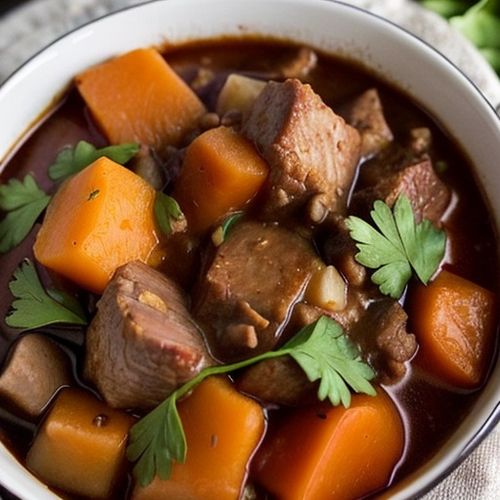
By Emily Johnson/May 10, 2025
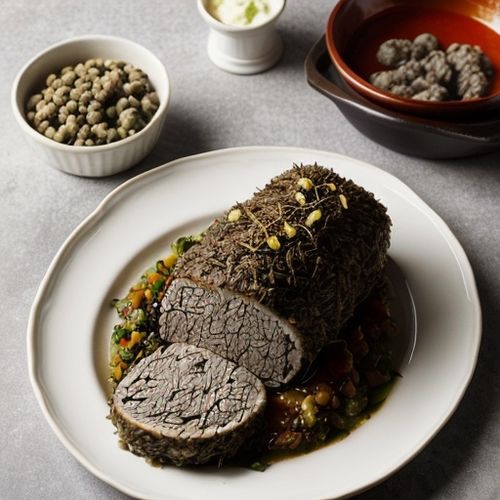
By Megan Clark/May 10, 2025
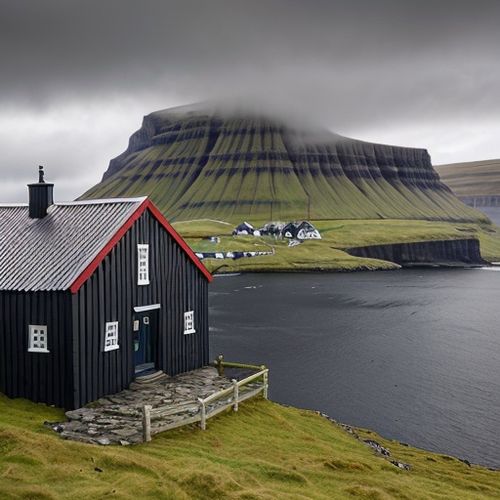
By Elizabeth Taylor/May 10, 2025
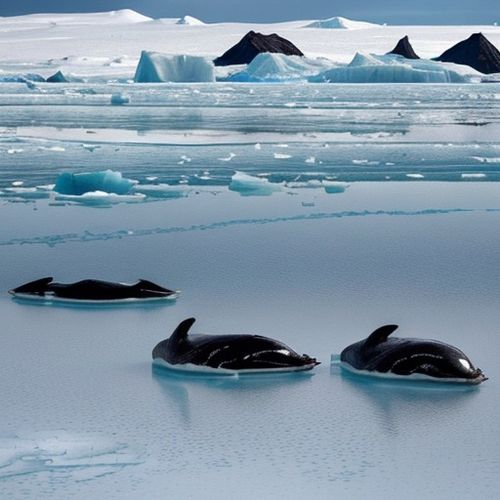
By William Miller/May 10, 2025
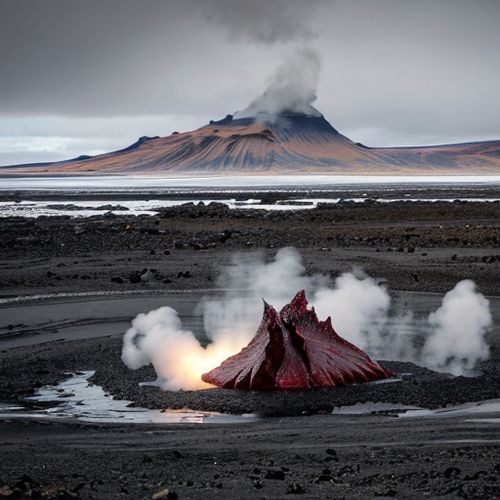
By Natalie Campbell/May 10, 2025
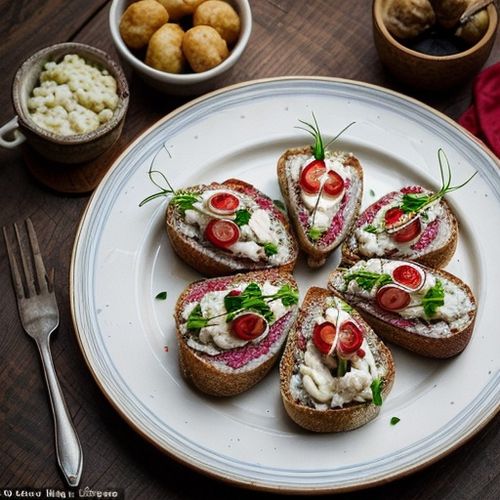
By Joshua Howard/May 10, 2025
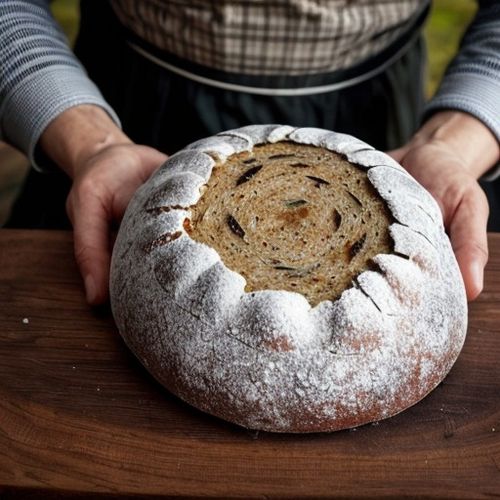
By James Moore/May 10, 2025
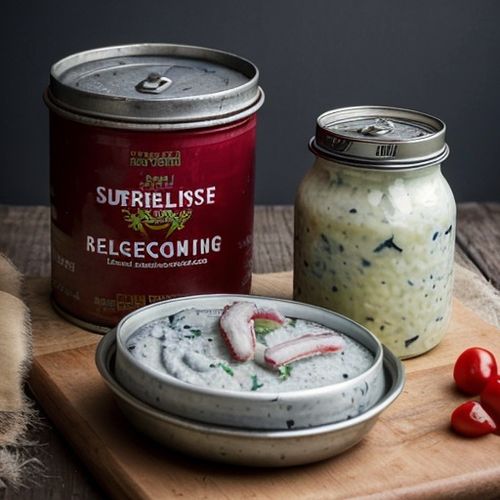
By Ryan Martin/May 10, 2025
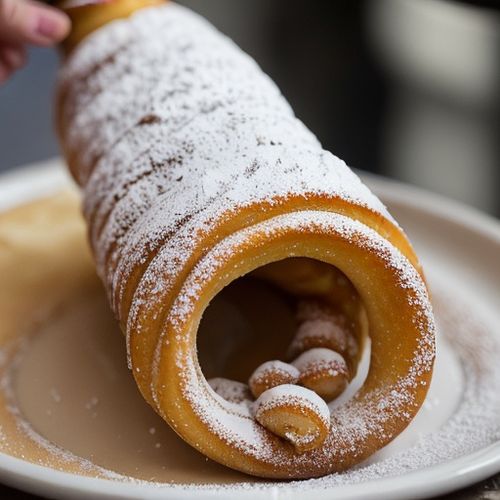
By Victoria Gonzalez/May 10, 2025
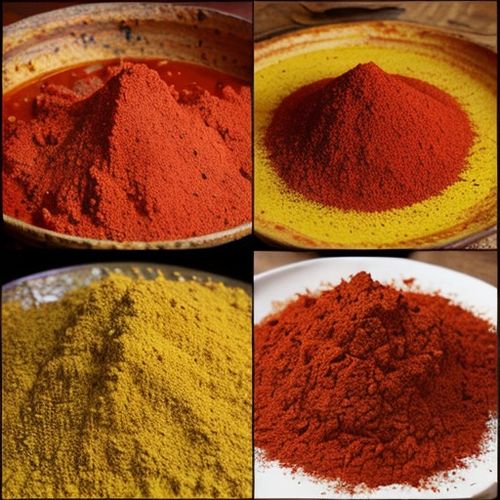
By John Smith/May 10, 2025

By Christopher Harris/May 10, 2025
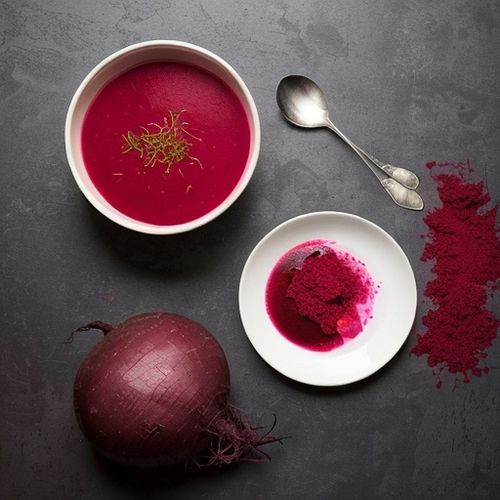
By James Moore/May 10, 2025
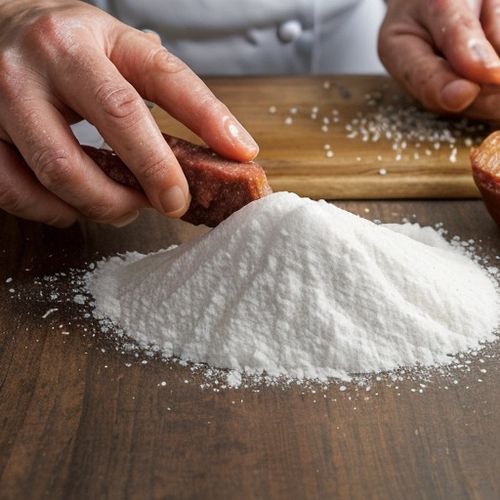
By Lily Simpson/May 10, 2025

By Ryan Martin/May 10, 2025

By Lily Simpson/May 10, 2025
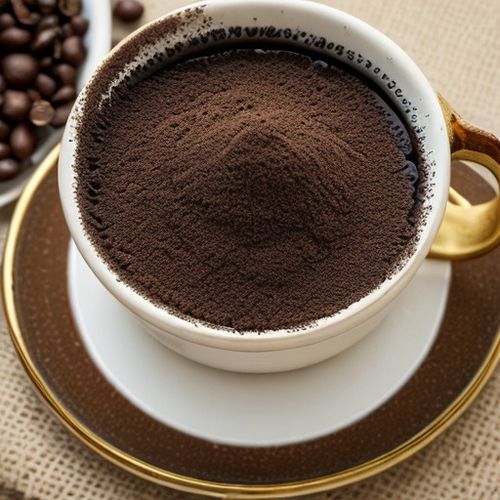
By Elizabeth Taylor/May 10, 2025
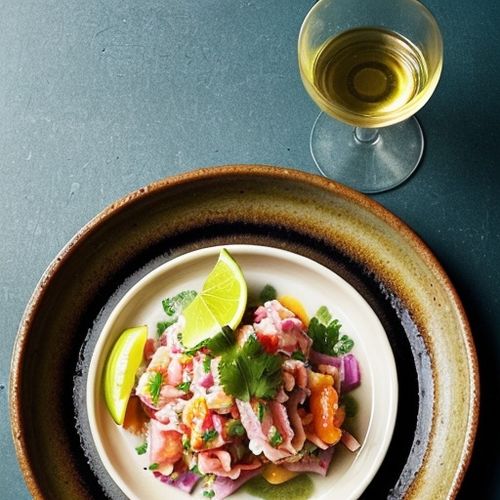
By Emily Johnson/May 10, 2025
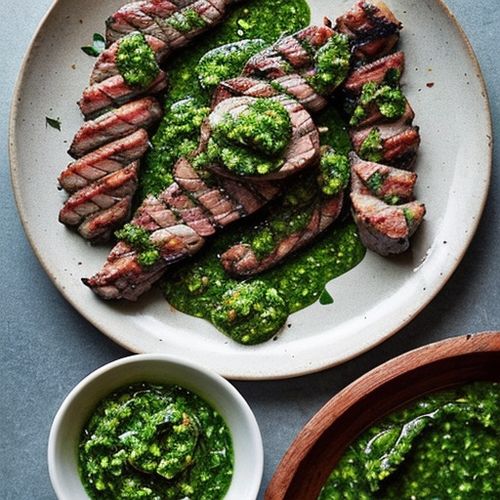
By Laura Wilson/May 10, 2025
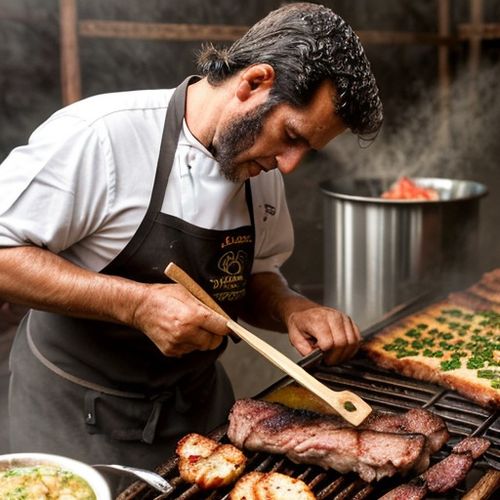
By Olivia Reed/May 10, 2025
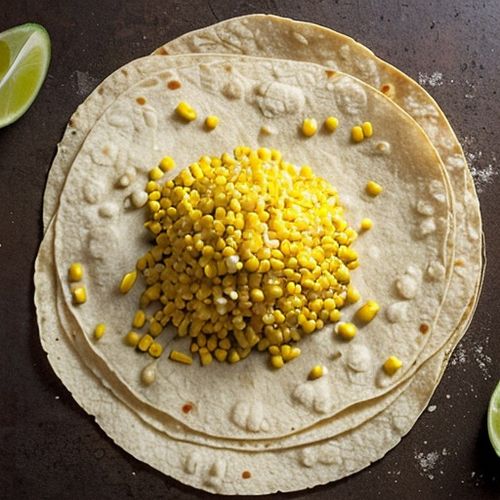
By Sarah Davis/May 10, 2025